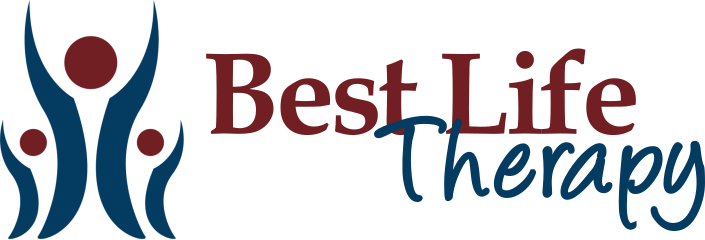Does My Child Need Therapy?
Your child is constantly giving you clues into their development. While every child grows at their own pace, with a little careful attention into how they move, speak, play, and learn, you will be able to monitor their developmental milestones. A developmental milestone is a task that most children can do by a certain age. This list is a guideline of the typical milestones in the first three years of a child’s life to assist you in gauging your child’s development.
If you are concerned your child isn’t meeting one of their milestones, do not hesitate to call a trained professional such as their doctor, nurse, or one of our therapists. After an evaluation, it may be determined that your child could benefit from speech therapy, physical therapy, or occupational therapy. Because many of these skills build upon one another, early intervention is key to continuing your child’s development.
- Raises head and cheek when on tummy
- Pushes up with arms when lying on stomach
- Stretches legs out when lying on stomach or back
- Makes smoother movements with arms and legs
- Pushes down with legs
- Watches faces intently
- Follows moving objects and recognizes people at a distance
- Starts using hands and eyes in coordination
- Smiles at the sound of voices
- Turns toward sounds
- Startles at loud noises
- Begins cooing, gurgling sounds
- Pushes up on arms
- Rolls over in both directions
- Uses hands to support sitting
- Sits unsupported for short periods
- Supports weight on legs and possibly bounces
- Grasps feet
- Rakes a surface to pick up small items
- Looks for toy beyond tracking range
- Tracks moving objects with ease
- Grasps objects dangling in front of him
- Looks for fallen toys
- Begins repeating syllables
- Responds to nearby sound by making noises
- Understands emotions by tone or voice
- Makes sounds to express joy and displeasure
- Finds partially hidden objects
- Explores with hands and mouth
- Tries to get objects that are out of reach
- Transfers objects from hand to hand
- Pulls up to standing position
- May stand without support
- Crawls forward on belly
- Creeps on hands and knees
- Gets into a sitting position without help
- Walks while holding on to furniture
- Gets from sitting to crawling or prone (lying on stomach) position
- Takes a few steps unassisted
- Bangs two things together
- Pokes with index finger
- Moves objects into and out of containers
- Uses a pincer grasp
- Imitates scribbling
- Responds to simple spoken requests (like “no”)
- Babbles “dada” and “mama”
- Babbles with inflection
- Makes simple gestures such as shaking head for no or waving goodbye
- Says “dada,” “mama,” and exclamations such as “uh-oh”
- Explores things differently (shaking, banging, throwing, and dropping)
- Copies parents’ gestures
- Finds objects hidden
- Looks at correct picture when it is named
- Walks alone
- Pulls toys behind him while walking
- Walks into ball
- Carries toys while walking
- Begins to run
- Walks up and down stairs while holding on to support
- Climbs onto and down from furniture unsupported
- Scribbles
- Dumps contents from containers
- Builds tower of blocks
- Follows simple instructions
- Points to pictures in a book
- Recognizes names of people, objects, and body parts
- Says several words
- Makes two word sentences
- Follows simple, one-step instructions
- Repeats words overheard in conversations
- Finds objects hidden under 2 or 3 covers
- Plays make-believe games
- Sorts by shape and color
- Climbs well
- Kicks balls with swinging leg motions
- Pedals tricycle
- Walks down stairs alone
- Runs easily
- Bends without falling
- Walks upstairs alternating feet
- Makes vertical, horizontal, and circular strokes with pencil or crayon
- Builds a tower of 6 or more blocks
- Holds a pencil properly
- Turns pages in books one at a time
- Screws and unscrews jar lids
- Turns handles
- Understands most sentences
- Speaks clearly enough for strangers to understand most
- Recognizes and identifies common objects and pictures
- Says name, age, and gender
- Uses pronouns (I, you, me, we, they)
- Understands physical relationships (on, in, under)
- Plays with toys that have buttons, levers and moving parts
- Completes 3-4 piece puzzles
- Understands what “two” is
- Matches an object in hand or room to a picture in a book
- Plays make-believe with dolls, animals, and people
- Sorts objects by color
